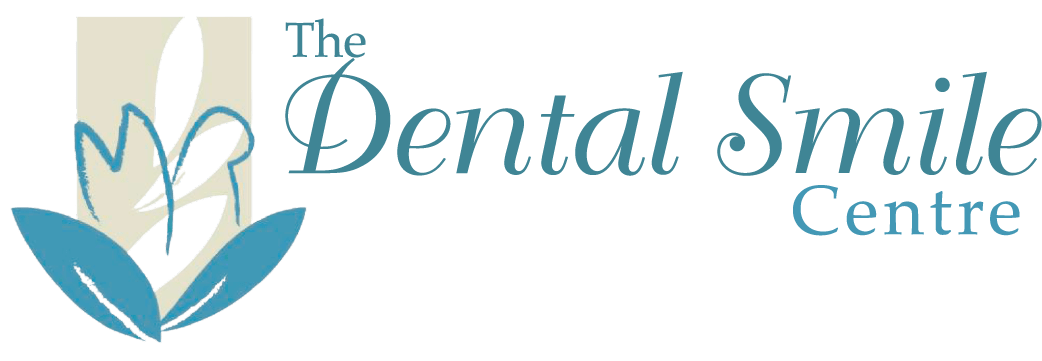GUM DISEASE PREVENTION
You can prevent gum disease with regular, professional dental cleanings and a thorough home care regime. A regular dental hygiene appointment that often precedes a periodic dental examination will include the following:
Removal of calculus (tartar): Calculus is the hardened plaque left on the tooth for some time and is now firmly attached to the tooth surface. Calculus forms above and below the gum line and can only be removed with special dental instruments.
Removal of plaque: Plaque is a sticky, almost invisible film that forms on the teeth. It is a growing colony of living bacteria, food debris, and saliva. The bacteria produce toxins that inflame the gums. This inflammation is the start of periodontal disease!
Teeth polishing: Is used to remove stain and plaque that is not otherwise removable during tooth brushing and scaling.
Fluoride Treatment: Fluoride is the most effective agent to help prevent tooth decay. It is a mineral in varying amounts in almost all foods and water supplies. The benefits of fluoride have been well-known for over 50 years and are supported by many health and professional organizations.
FLUORIDE WORKS IN TWO WAYS TO PREVENT TOOTH DECAY
Topical fluoride strengthens the teeth once they have erupted by seeping into the outer surface of the tooth enamel, making the teeth more resistant to decay. We gain topical fluoride by using fluoride-containing dental products such as toothpaste, mouth rinses, and gels. In addition, we recommend that children have a professional application of fluoride twice a year during dental checkups.
Systemic fluoride strengthens the teeth that have erupted as well as those that are developing under the gums. We gain systemic fluoride from most foods and our community water supplies. It is also available as a supplement in drops and gel form and can be prescribed at our office. Fluoride drops are recommended for infants, and tablets are best suited for children. Monitoring the amounts of fluoride a child ingests is crucial. If too much fluoride is consumed while the teeth develop, a condition called fluorosis (white spots on the teeth) may result. Although most people receive fluoride from food and water, sometimes it is not enough to help prevent decay.
Remember, fluoride alone will not prevent tooth decay! It is important to brush at least twice a day, floss regularly, eat balanced meals, reduce sugary snacks, and have your check ups regularly. Your home care plays a significant role in achieving that goal.
For Brushing Your Teeth:
- Place the brush at a 45-degree angle to the gums and gently brush using a small, circular motion, ensuring that you always feel the bristles on the gums.
- Brush the outer, inner, and biting surfaces of each tooth.
- Brush your tongue to remove bacteria and freshen your breath.
We may recommend the use of home and professional fluoride treatments for the following reasons:
- Deep pits and fissures on the chewing surfaces of teeth.
- Exposed and sensitive root surfaces.
- Fair to poor oral hygiene habits.
- Frequent sugar and carbohydrate intake.
- Inadequate exposure to fluorides.
- Insufficient saliva flows due to medical conditions, medical treatments or medications.
- Recent history of dental decay.
Electric toothbrushes are also recommended. They are easy to use and can remove plaque efficiently. Simply place the bristles of the electric brush on the gums and teeth and allow the brush to do its job, several teeth at a time. Flossing – Daily flossing is the best way to clean between the teeth and under the gum line. Flossing helps clean these spaces and disrupts plaque colonies from building up, preventing damage to the gums, teeth, and bones.
Take 12-16 inches (30-40cm) of dental floss and wrap it around your middle fingers, leaving about 2 inches (5cm) of floss between the hands.
Using your thumbs and forefingers to guide the floss, gently insert the floss between teeth using a sawing motion.
Curve the floss into a “C” shape around each tooth and under the gum line. Then, gently move the floss up and down, cleaning the side of each tooth and carefully move the floss up and down several times to remove interproximal plaque and debris.
Do not pop the floss in and out between the teeth, as this will inflame and cut the gums. Floss holders are recommended if you have difficulty using conventional floss.
Rinsing – It is essential to rinse the mouth with water after brushing and after meals if you cannot brush your teeth. If you are using an over-the-counter product for rinsing, it’s a good idea to consult with us on its appropriateness for your gums and teeth. Other dental aids that can play a role in proper dental care according to your needs are: Interdental brushes, rubber tip stimulators, tongue cleaners, irrigation devices, fluoride, medicated rinses, etc.
REASONS WHY PROPER BRUSHING AND FLOSSING ARE ESSENTIAL:
Prevention of tooth decay – Tooth decay is one of the leading causes of tooth loss, and its treatment often requires complex dental procedures. Tooth decay occurs when the acids found in plaque erode the natural enamel found on the teeth. Using proper home hygiene methods can easily prevent this phenomenon.
Prevention of periodontal disease – Periodontal disease is a severe and progressive condition which can cause tooth loss, gum recession, and jawbone recession. Periodontal disease is caused by the toxins found in plaque and can lead to serious health problems in other parts of the body. Removing plaque and calculus (tartar) from the tooth’s surface using a toothbrush and from the interdental areas using dental floss is an excellent way to stay off periodontal problems.
Prevention of Halitosis – Bad breath or Halitosis is usually caused by old food particles on or between the teeth. These food particles can be removed with regular brushing and flossing, leaving the mouth healthier and breath smelling fresher.
Prevention of staining – Staining or the yellowing of teeth can be caused by a wide variety of factors, such as smoking, coffee, and tea. The more regularly these staining agents are removed from the teeth using brushing and flossing techniques; the less likely the stains will become permanent.


